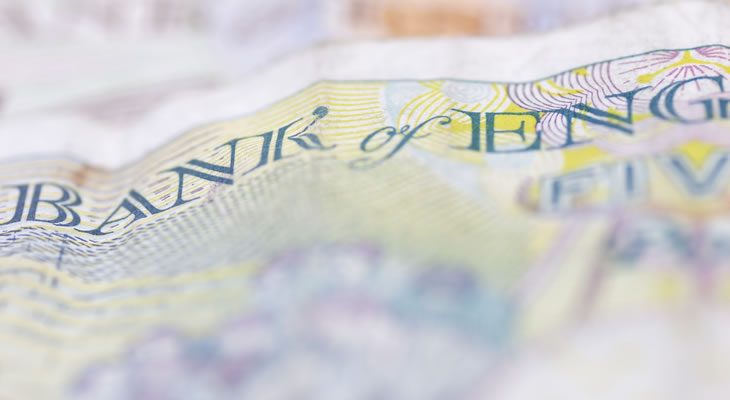The Euro Pound exchange rate has seen largely flat performance over the last week due to increased demand for both currencies amid central bank speculation. The pair’s movement could shift depending on Britain’s June services PMI however. EUR GBP currently trends flatly in the region of 0.8770.
Euro (EUR) Investors Anticipating ECB News
Last week saw Euro traders reacting to a surprisingly hawkish tone from European Central Bank (ECB) President Mario Draghi.
Draghi indicated that the bank could begin to discuss tightening Eurozone monetary policy before the end of the year.
While markets initially over-interpreted Draghi’s tone, this nonetheless marked a hawkish shift and demand for the shared currency improved as ECB tightening bets increased.
The past week’s Eurozone ecostats have also supported the Euro’s recent strength. Eurozone inflation is currently projected to come in at 1.3% year-on-year in June despite previous predictions it would slow to 1.2%.
Markit’s Eurozone PMIs from June have been optimistic. The Eurozone’s final June manufacturing PMI improved from 57 to 57.4, beating expectations of 57.3. Manufacturing also beat expectations in Germany, and Greek manufacturing returned to growth with a result of 50.5.
This was the Eurozone’s highest manufacturing PMI since 2011.
However, the Euro is unlikely to see a big shift in movement until there are further developments from the ECB.
After last week’s news, markets are hoping more ECB officials will begin to take a more hawkish tone towards monetary policy. This would lead to higher Euro demand.
On the other hand, if the ECB turns dovish again in the coming weeks and months the Euro’s long-term outlook will drop.
Pound (GBP) Weak on Economic Concerns
The Pound saw strong performance last week as officials from the Bank of England (BoE) took an unexpectedly hawkish tone.
BoE Governor Mark Carney and chief economist Andy Haldane argued it may be necessary to withdraw some of the bank’s stimulus measures in the foreseeable future.
However, both officials noted that their stances relied on the health and resilience of Britain’s economy. As a result, the Pound outlook depends heavily on this week’s PMI stats.
Markit will publish Britain’s June PMIs throughout the first half of this week, with particular importance as always being given to Britain’s services PMI – due Wednesday.
As the services sector accounts for a notable chunk of Britain’s economic growth, a poor services PMI would indicate slower UK growth later in the year. This would weigh heavily on BoE interest rate hike bets and cause the long-term Pound outlook to worsen.
Monday’s UK manufacturing PMI didn’t offer markets much reassurance. The PMI was forecast to improve slightly from 56.3 to 56.5, but instead slipped to 54.3 – its worst level in three months.
While the manufacturing data topped off the best quarter for factory growth since 2014, it indicated that factory activity could continue to slow in the coming months.
With Britain’s construction PMI (due Tuesday) usually relatively low influence, Pound could see relatively flat movement until Wednesday’s services report comes in.
EUR GBP Interbank Rate
At the time of writing this article, the Euro Pound exchange rate trended in the region of 0.8780. The Pound to Euro exchange rate traded at around 1.1390.


Comments are closed.